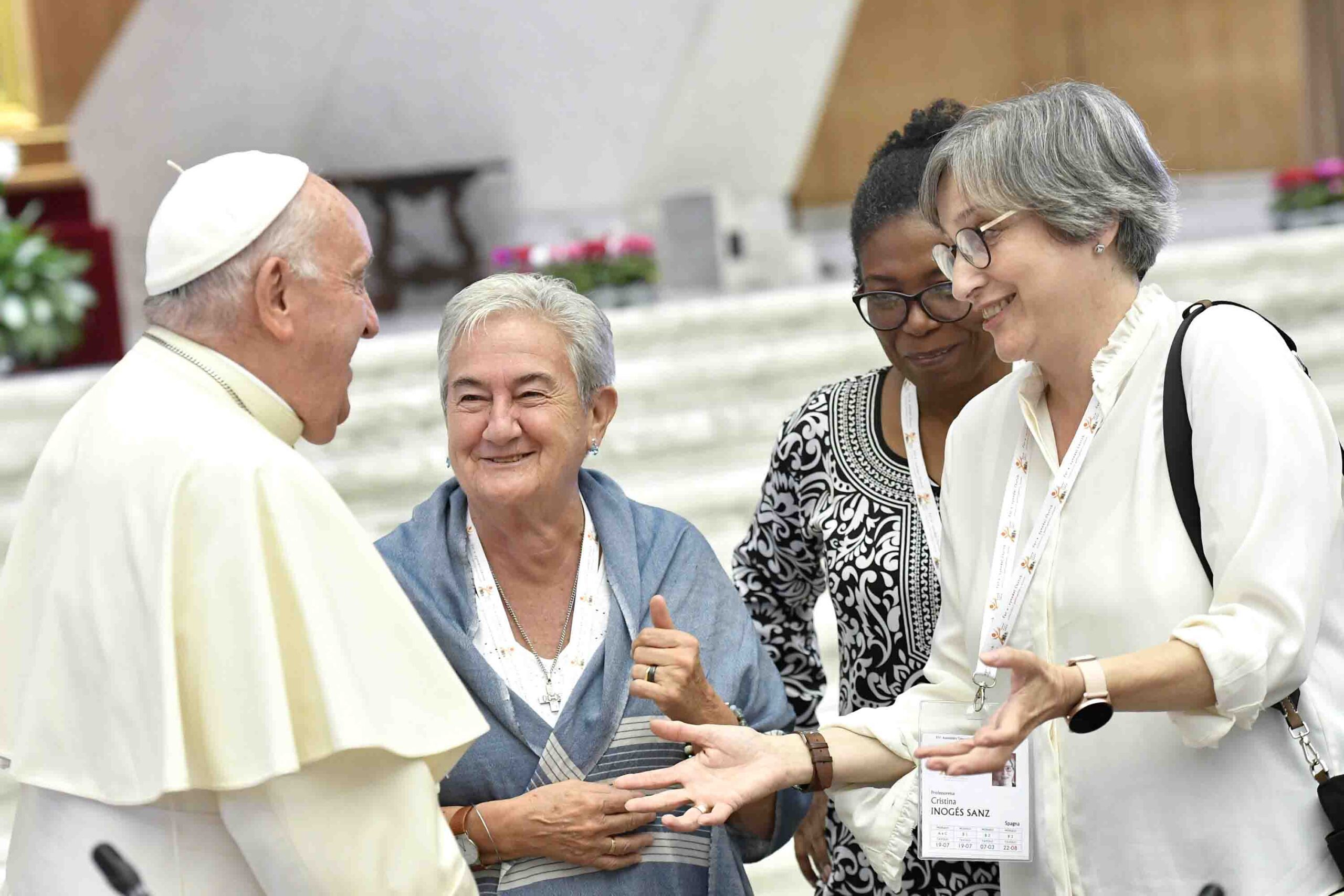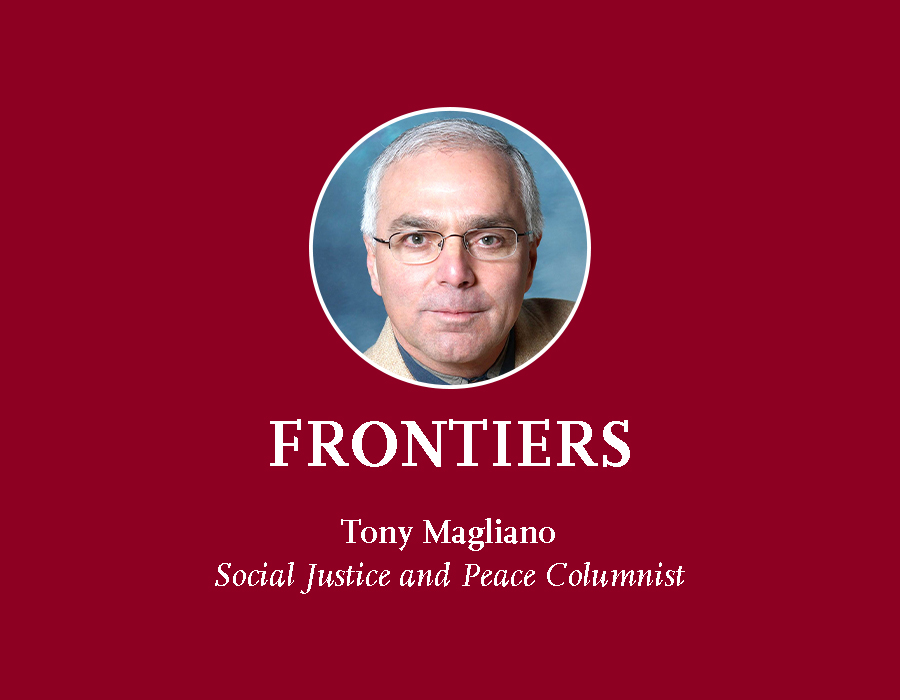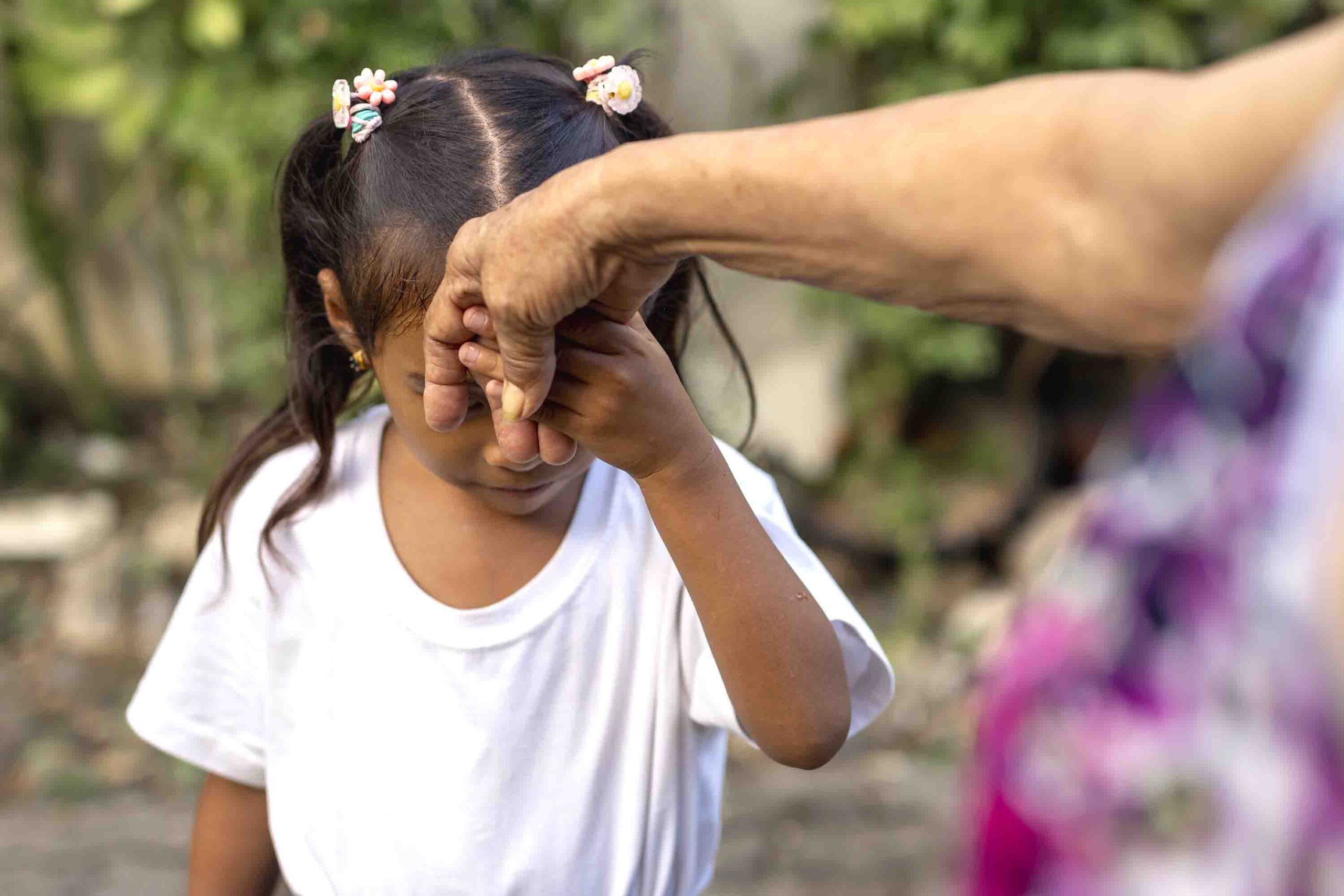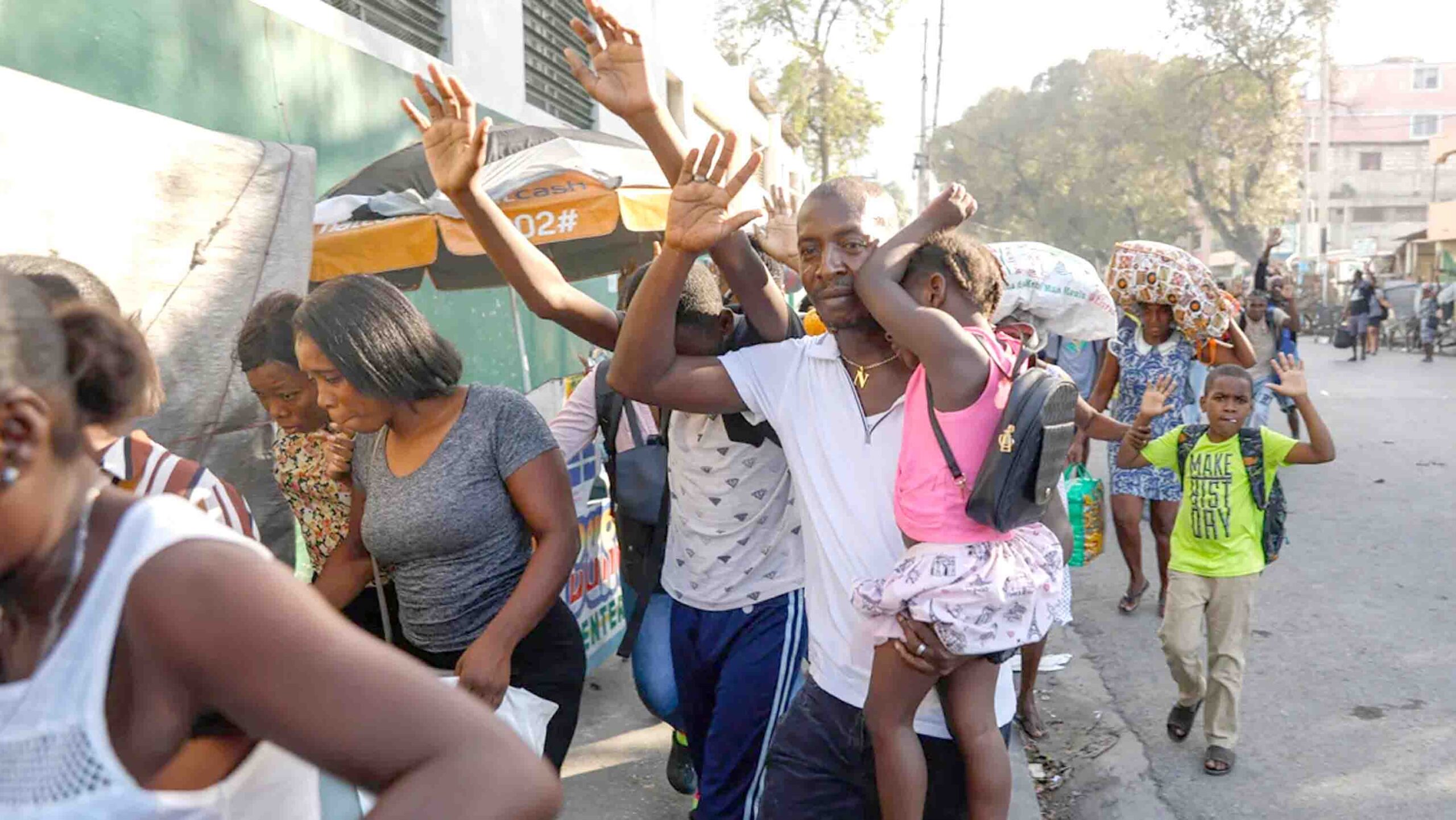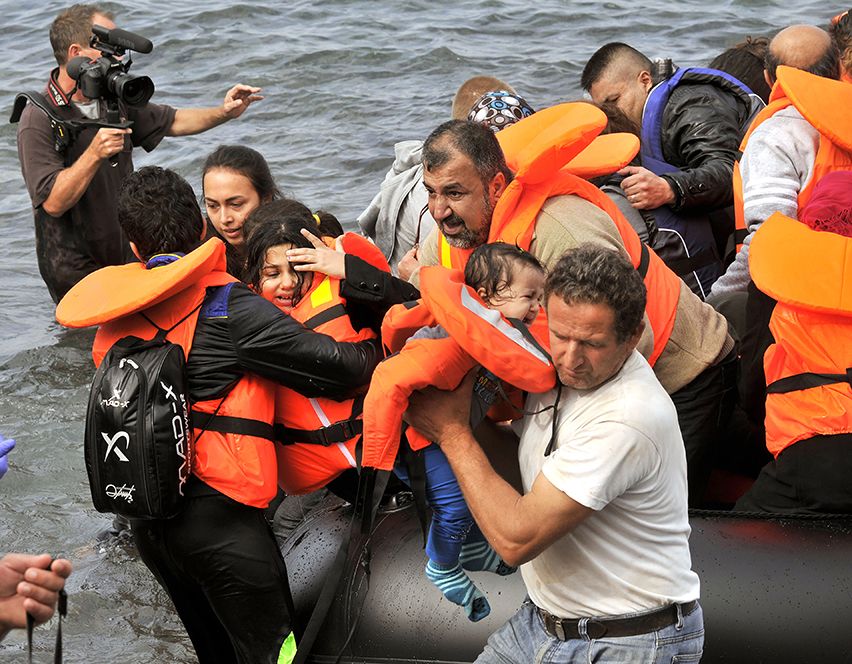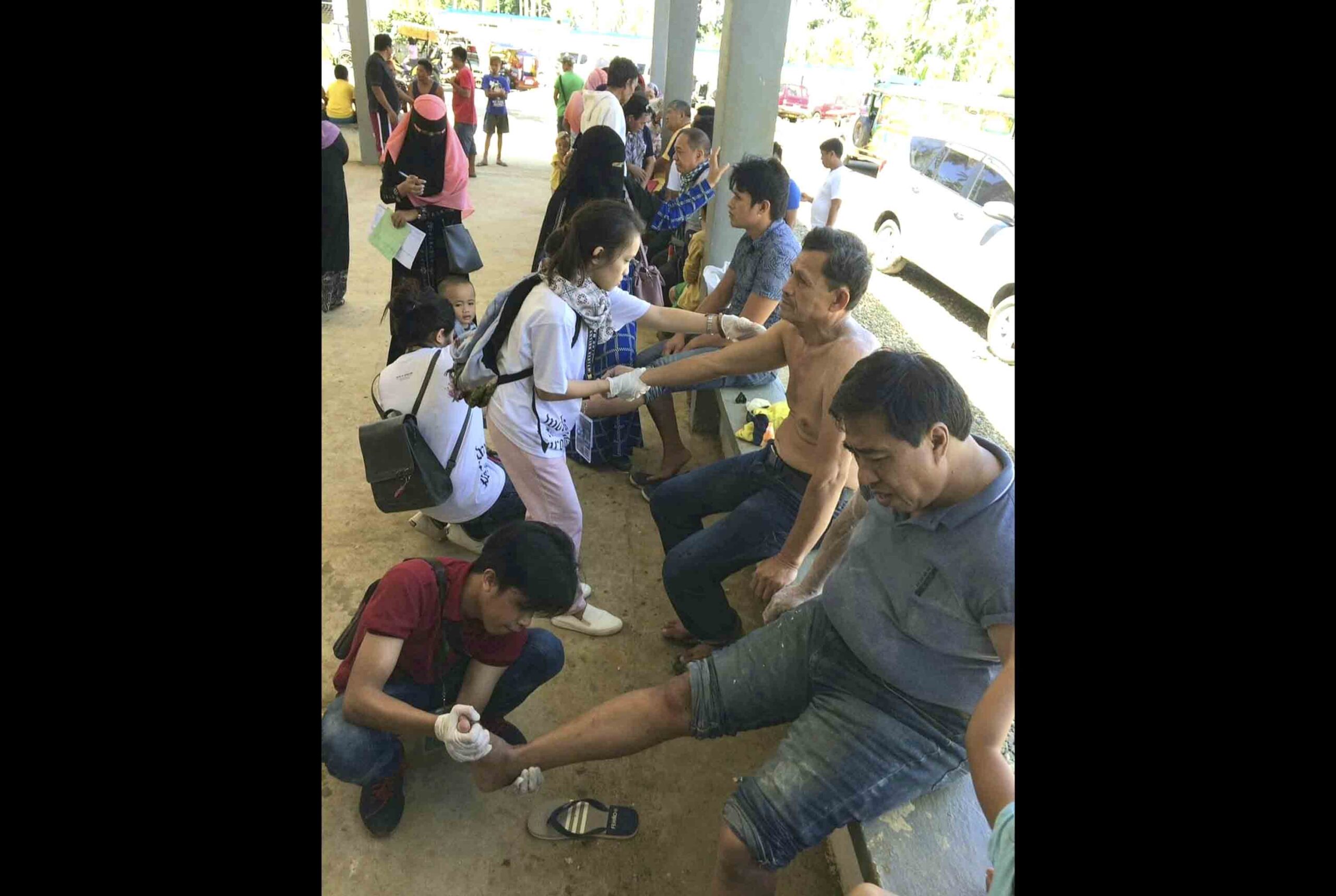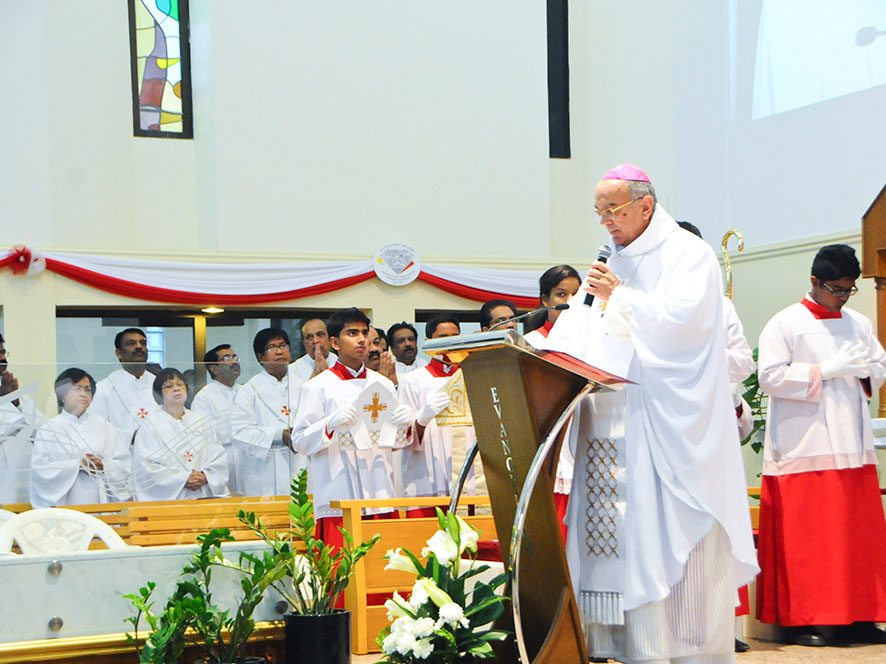Talking about suicide can be difficult. But now more than ever, it’s a conversation that the entire Filipino nation needs to have.
Between 2013 and 2021, the number of Filipinos aged 15-24 who have ever considered ending their life more than doubled. In 2013, more than 574,000, or 3% of Filipino youth, tried to commit suicide. In 2021, this percentage rose to 7.5%, which is equivalent to almost 1.5 million young Filipinos who attempted suicide. Furthermore, the rate of Filipino youth who often felt depressive symptoms almost doubled from 2013 to 2021. Depressive symptoms include feeling lonely, sad or depressed, and feeling disliked by other people.
These are among the disturbing findings of the 2021 Young Adult Fertility and Sexuality Study (YAFS5), the fifth in nationwide surveys on Filipino youth led by the University of the Philippines Population Institute (UPPI) and funded by the Department of Health.
Participated in by nearly 11,000 randomly selected youth aged 15-24 across the country, YAFS5 examined two sets of mental health indicators, namely depressive symptoms and suicidal experiences. The UPPI noted that data collection for the national survey was conducted at the height of the COVID-19 pandemic when physical and social isolation may have severely affected young people’s disposition.
The survey highlighted the stigma surrounding mental disorders and suicide. Six in 10 of those who ever thought of committing suicide did not reach out to anyone for help. The few who did so sought help mostly from close friends or peers (25%); only 7% reached out to their parents or guardians and 5% to other relatives. Even among those who attempted suicide, only 4% sought professional help.
SCHOOLS
“School staff see students many hours a day or week, which uniquely positions them to have conversations with students about their mental health, including when they observe suicide warning signs,” write Dr. Lynsay Ayer and Dr. Lisa J. Colpe in “The Key Role of Schools in Youth Suicide Prevention” published in January 2023 in the Journal of the American Academy of Child & Adolescent Psychiatry.
“Students often visit us during their break time. They are comfortable talking to us and consider our office as their playground,” says Elna Rogel, Head of Guidance Center, Don Bosco Technical Institute Makati. “They also message us directly on Messenger, Google Chat or via email, and often set a counseling appointment themselves.”
To promote awareness of the importance of mental health, the school conducts various activities and programs annually throughout May to celebrate Mental Health Awareness Month. The Guidance Center also implements its Mental Health Psychosocial Protocol, an evidence-based program uniquely customized for Don Bosco Technical Institute. The protocol is anchored on the Salesian Preventive System based on reason, religion and loving-kindness.
One component of the Salesian Preventive System is Salesian Assistance in which teachers and guidance counselors interact with students–not to police them, but to be among them. “We hang out and play with our students and just have fun together. This is the time we can build relationships and mutual trust so that students feel comfortable and safe confiding in us,” explains guidance counselor Celso Cueto.
Puberty, which coincides with the junior high school years, is a time of significant hormone-driven physical and emotional changes, explains Ms. Rogel. “This is a transition period for adolescents when their personality is changing and they are becoming more independent. This is the time when we should really focus on them individually.”
At the start of every school year, the Guidance Center conducts batch profiling to identify potential red flags in the personality and behavior of junior high school students. The guidance counselors then communicate the batch profiling results to all junior high school advisers and teachers to prepare them for guiding at-risk students.
SEEKING HELP
Most parents proactively collaborate with the school in addressing concerns about their children, says Ms. Rogel. Sometimes, the parents walk into the Guidance Center to set a counseling appointment for their child, says Mr. Cueto. According to guidance counselor Icel Cruz, parents’ input is very important because it contributes to the Guidance Center’s baseline data on the child’s behavior pattern at home and in school.
However, Ms. Rogel reveals that some students are reluctant to open up to their parents about their struggles for fear of being scolded or dismissed as just being “maarte” (overly dramatic). “I think this is part of our Filipino culture, where seeking help is sometimes considered a sign of weakness. We need to understand that asking for help is a sign of strength, a courageous act.”
When informed by a guidance counselor that their child needs counseling to address potential mental health or emotional issues, some parents retort, “Our child is not crazy!” or deny the existence of any problem. Ms. Cruz believes some parents become defensive because they may have misconceptions about mental disorders, maybe in a state of denial, or maybe worried about being blamed for their child’s problem.
WARNING SIGNS
While mental health disorders such as depression, anxiety, or bipolar disorder are an essential risk factor, they are not the only cause of youth suicide. Instead, a range of stressful situations or problems can increase the possibility that a young person will attempt suicide.
Stressors can come from the home and school, says Ms. Rogel. These include separation of the parents, physical or sexual abuse, high expectations of parents from their child, the child feeling neglected by their parents, and academic pressures. Changes related to puberty, being adopted or gender diverse, substance abuse or use of illegal drugs, and bullying are also risk factors for suicide.
The guidance counselors start to be concerned when a student is always absent in class or becomes less social and wants to be alone. In some cases, shares Mr. Cueto, students approach them and report that their classmate is “saying goodbye” or making statements such as “when I’m gone…”
According to the Mayo Clinic, other warning signs of suicide include increasing use of alcohol or drugs; feeling trapped, hopeless, or helpless about a situation; doing risky or self-destructive things; giving away personal items for no apparent, logical reason; changing regular routine, including eating or sleeping patterns; and having mood swings.
COLLABORATION IS VITAL
“If parents suspect their child is suicidal, it’s crucial that they immediately inform the school and collaborate with us. This will enable us to monitor the student, prepare the student’s adviser and other teachers, and work with the parents,” stresses Ms. Rogel.
On the other hand, if the guidance counselors assess that a student may be at risk for suicide, they immediately inform the parents and set a counseling session with them and the at-risk student. If warranted, they refer the student to a psychologist who, if necessary, refers the student to a psychiatrist.
“If a young person is going through a crisis, it’s important for us to listen, be nonjudgmental, and offer support and compassion,” stresses Ms. Rogel. “The collaboration of parents, teachers, students, guidance counselors, and mental health professionals is absolutely crucial in caring for the mental wellness of young people and preventing youth suicide.”
Mr. Cueto says that young people should always pay attention to the language and behavior of their friends. “If you think your friend is thinking of ending their life, tell them that help is at hand, and there is always hope.”




